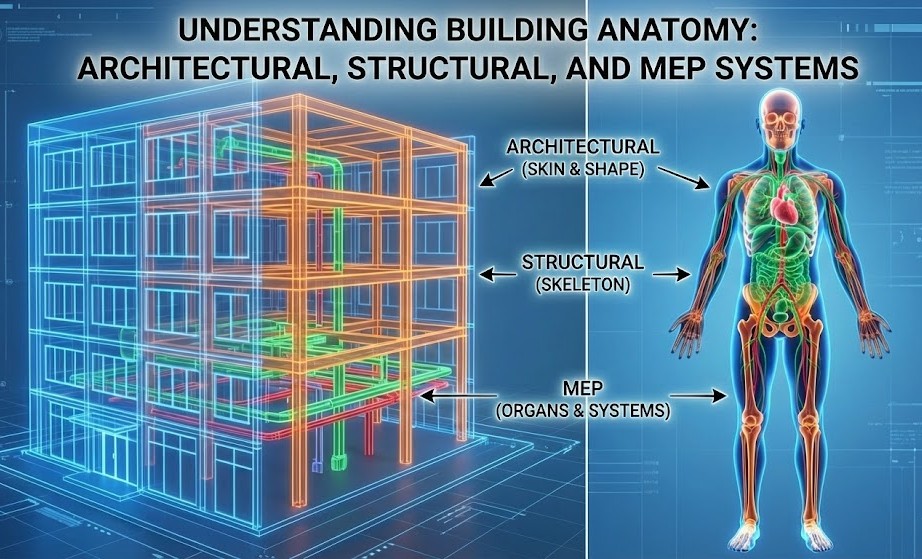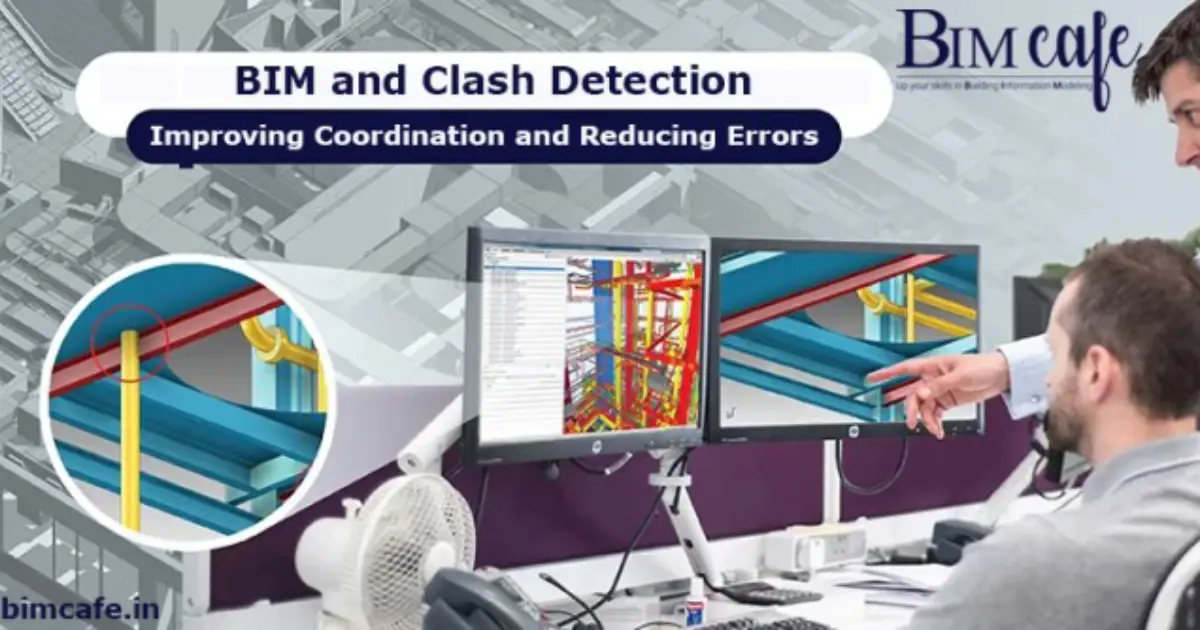
Author: Devika R
July 27, 2023
3 min read
Introduction:
Building Information Modeling (BIM) has revolutionized the Architecture, engineering, and construction industry by enhancing collaboration, improving project coordination, and reducing errors. One of the most significant advantages of BIM is its clash detection capability, which allows project teams to identify and resolve clashes and conflicts before they occur during the construction phase. In this article, we will explore how BIM and clash detection contribute to improved coordination and error reduction in construction projects.
Streamlining Coordination:
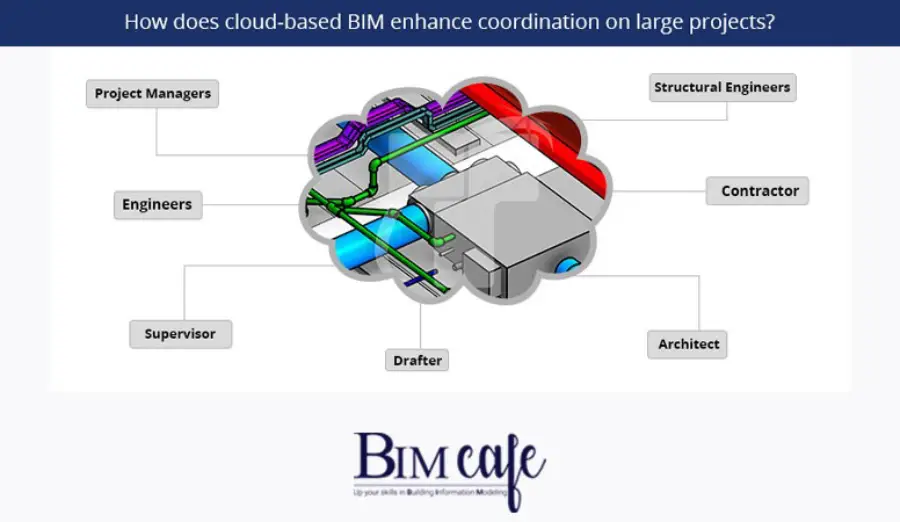
BIM enables various project stakeholders, including architects, engineers, contractors, and subcontractors, to work collaboratively on a centralized digital platform. By integrating the design, structural, mechanical, electrical, and plumbing systems into a 3D model, BIM provides a comprehensive view of the project. This centralized model acts as a common reference point for all stakeholders, facilitating coordination and reducing the likelihood of conflicts.
Identifying Clashes and Conflicts:

Clashes and conflicts occur when different building components or systems interfere with each other spatially. With BIM, clash detection tools analyze the 3D model and identify potential clashes between elements such as structural beams, HVAC ducts, electrical conduits, and plumbing pipes. By detecting clashes early in the design phase, project teams can resolve them before construction begins, thereby avoiding costly rework, delays, and conflicts on-site.
Reducing Rework and Cost Overruns:
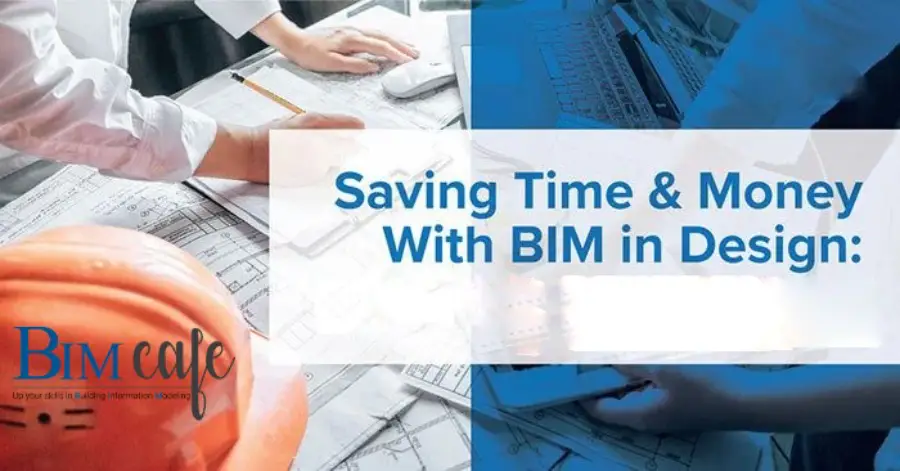
Clash detection in BIM significantly reduces the need for rework, as clashes are identified and resolved in the virtual environment. By addressing clashes before construction, project teams can eliminate the need for on-site modifications and alterations, saving time, resources, and costs. Clash detection also improves the accuracy of cost estimations, as potential clashes and associated costs are considered during the design phase.
Enhancing Collaboration and Communication:

BIM‘s clash detection capability promotes collaboration and communication among project stakeholders. Clash reports generated by the software provide visual representations of clashes, along with relevant information about the conflicting elements. This enables effective communication among team members, who can discuss and propose solutions to resolve clashes collaboratively. By facilitating clear communication, BIM reduces misunderstandings and promotes efficient decision-making.
Improving Construction Quality and Safety:
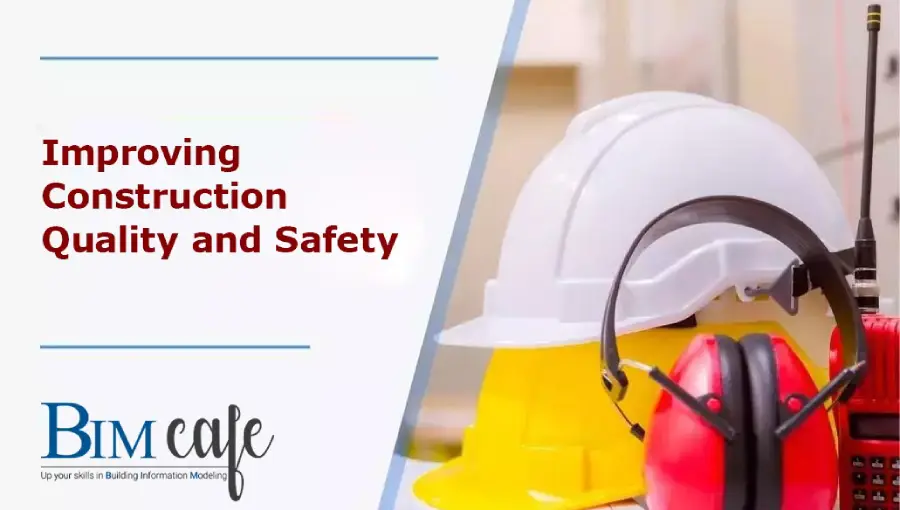
Clash detection in BIM not only enhances coordination but also improves construction quality and safety. By eliminating clashes and conflicts, the construction process becomes more efficient and accurate, reducing the risk of errors and inconsistencies. With clash-free designs, construction teams can focus on executing the project smoothly, ensuring that building systems fit together seamlessly. This results in improved construction quality, functional efficiency, and enhanced safety for the occupants.
Conclusion:
BIM and clash detection have transformed the construction industry by revolutionizing project coordination and error reduction. By leveraging the power of BIM’s clash detection tools, project teams can identify and resolve clashes early in the design phase, streamlining coordination, reducing rework, and minimizing cost overruns. Improved collaboration, communication, construction quality, and safety are additional benefits that arise from implementing clash detection in BIM workflows. As the industry continues to embrace BIM, leveraging its clash detection capabilities will become increasingly crucial for successful project delivery and enhanced overall project performance.
Certainly! If you’re interested in learning more about BIM Basic & Professional courses, you can contact the BIM Cafe team for further information. You can reach them through the following contact details:
Email: [email protected]
Phone: +91 97781 35014, +91 90721 35014
Social Medias: https://www.instagram.com/bimcafe/ , https://shorturl.at/FGO47
BIM Cafe offers comprehensive training on Building Information Modeling, covering both the fundamentals (basic) and advanced (professional) aspects of the subject. They can provide you with detailed course information, curriculum, duration, fees, and any other specific inquiries you may have.
Feel free to reach out to them via email or phone, and they will be able to assist you further with your BIM training needs.




